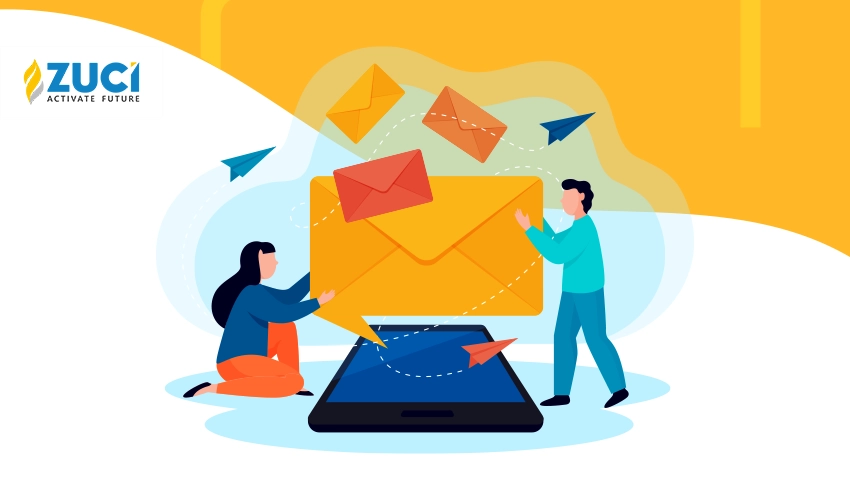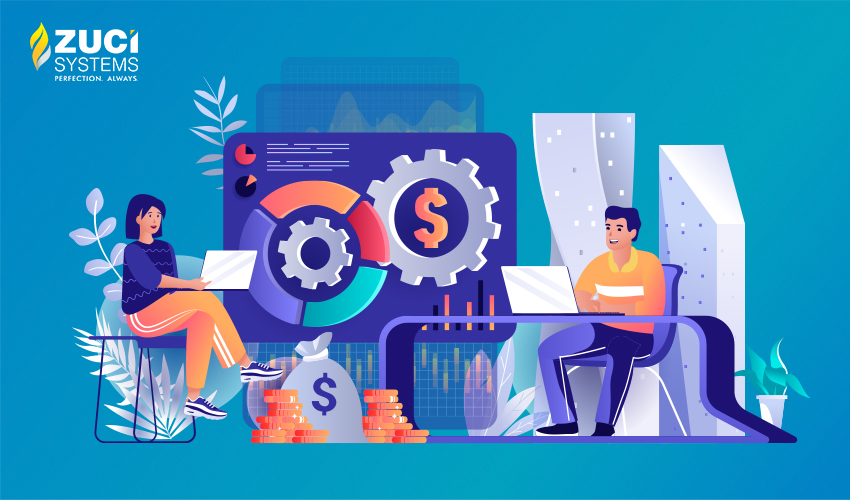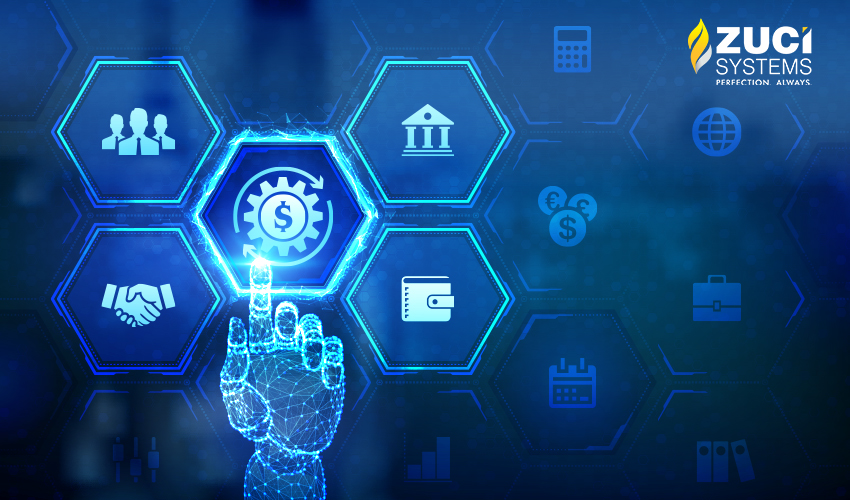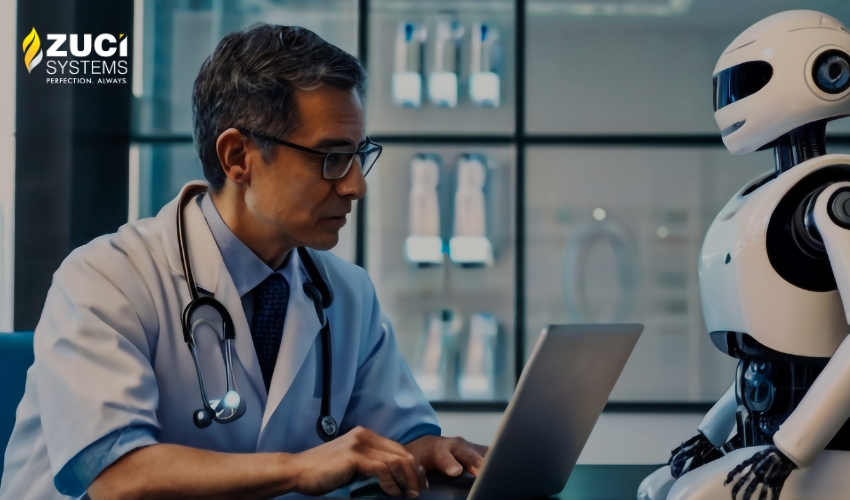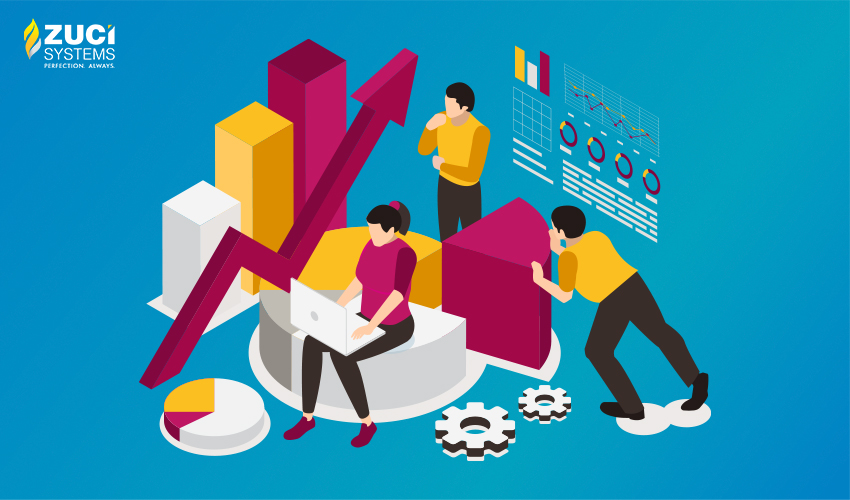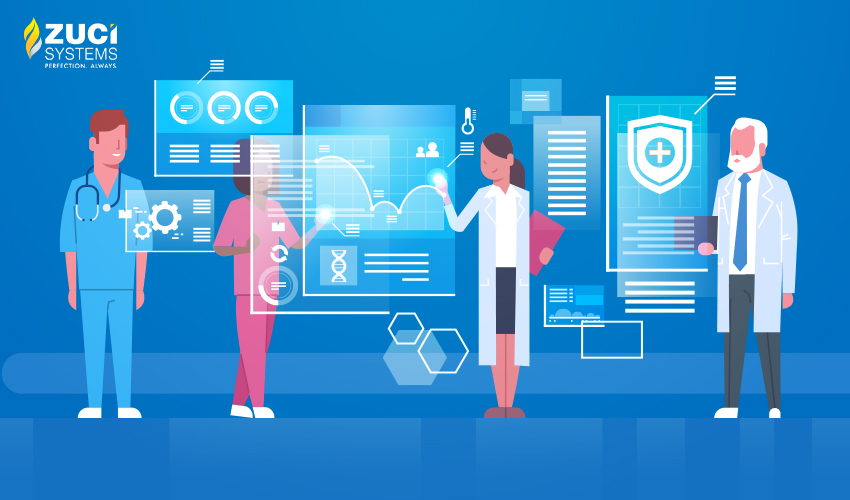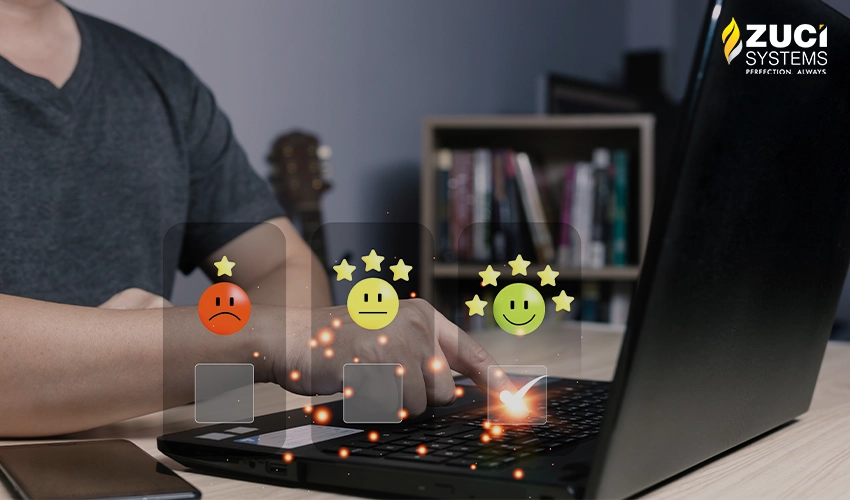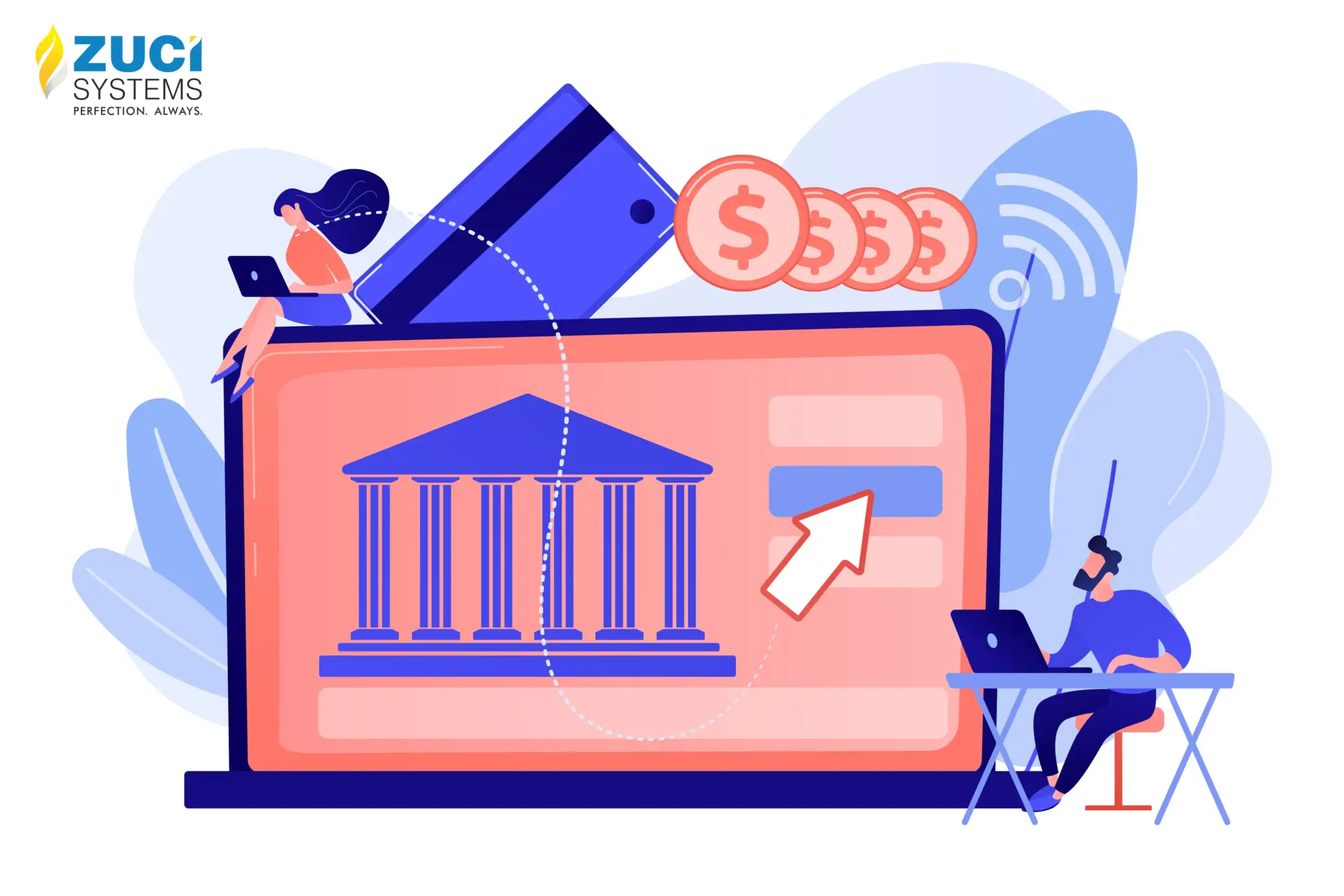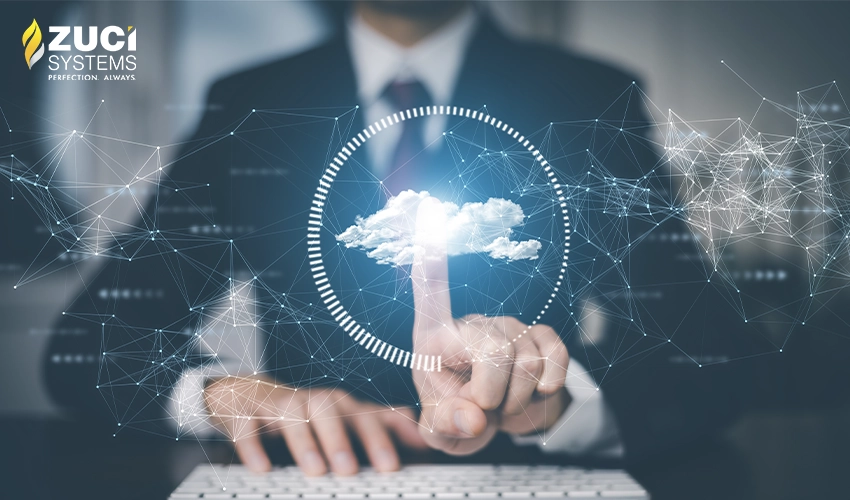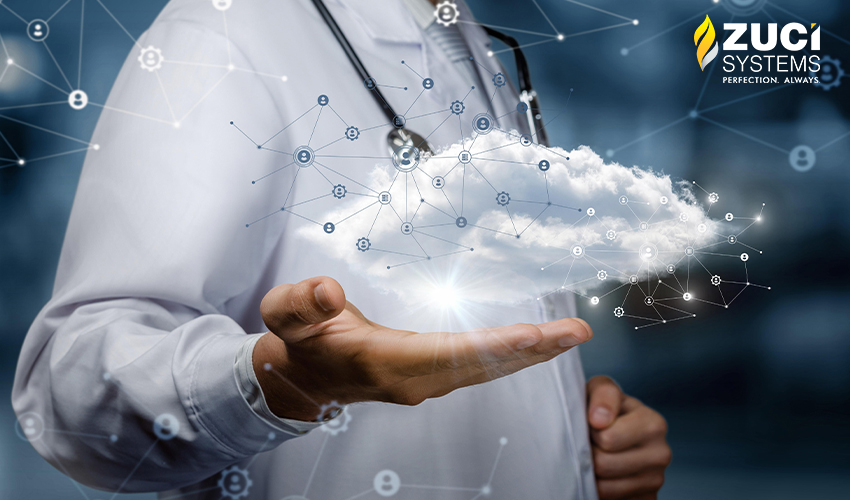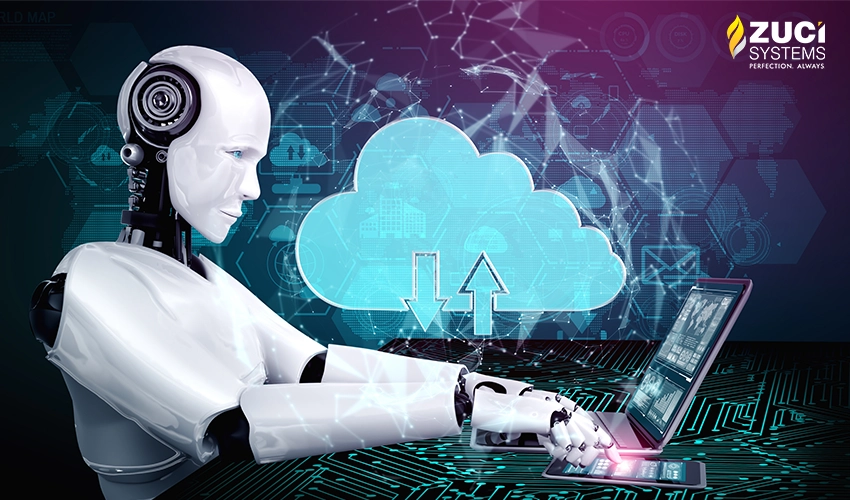Reading Time : 1 Mins
How to Plan an Application Modernization Strategy in 5 Steps?
Kavya Ravichandran is a skilled content writer with a flair for crafting narratives that educate and engage. Driven by a love for words and an innate curiosity, she explores various topics in the digital space, focusing on application development and modernization, UI/UX design, and emerging technologies like DevOps, AI, and more. She is adept at tailoring her narratives to suit different audiences and platforms, ensuring her work is both relevant and insightful.
Application modernization is a strategic investment that allows organizations to stay competitive, enhance operational efficiency, and deliver better experiences to their users while leveraging the advantages of contemporary technology stacks and architectures. It is a key component of digital transformation initiatives. Modernizing applications can help organizations overcome the drawbacks of antiquated programmes, take use of contemporary technologies, and set themselves up for development and innovation in the future.
Things to Consider Prior to Application Modernization:
There are a number of crucial considerations to make while thinking about application modernization. Here are a few things to take into account:
- Business Objectives: Recognise your organization’s aims and objectives for application modernization. Determine how modernizing the application fits with your strategic goals, such as increasing productivity, lowering expenses, improving the customer experience, or enabling scalability.
- Data Management: Consider the data architecture when deciding how data will be maintained and moved throughout the modernization process. Data integrity, security, privacy, legal requirements, and integration with current data systems should all be taken into account.
- Risk Mitigation: Identify potential modernization risks and difficulties, such as system outages, data loss, compatibility problems, or vendor lock-in, and create a risk mitigation strategy and backup plans to successfully address these risks.
- Budget Availability: Examine the budget and the cost-effectiveness of modernization in terms of returns on investment, both immediate and long-term.
- Security and Compliance: Assess the application’s security needs and make sure that modernization efforts take into account any potential vulnerabilities. To maintain a secure environment, take into account compliance laws, data protection, authentication, and authorization processes.
- Interoperability and Integration: Identify integration points with other systems and evaluate how modernization may affect current integrations. Consider the necessity of middleware, integration platforms, or API development to guarantee effective communication across apps.
- User Experience: Consider how usability, responsiveness, and accessibility can be improved through modernization. Through user testing and feedback, determine how modernization will affect end users and involve them in the process.
- Future Scalability and Flexibility: Take into account the modernized application’s capacity to scale up or down in response to changing business requirements. Analyze architectural patterns, microservices, containerization, and other flexible strategies that can support future expansion.
Application modernization is a challenging task, and a well-thought-out plan with clear objectives and considerations will increase the chances of successful outcomes.
Also Read
Why Your Business Should Adopt Application Maintenance ServicesDeveloping an Application Modernization Strategy:
Creating an application modernization strategy needs careful planning and consideration of a number of aspects. The following are the important steps to developing an effective application modernization strategy.
Step 1. Infrastructure and Application Portfolio Analysis: Analyze your current infrastructure and application portfolio to get started. Determine the shortcomings of legacy systems and the areas that require upgrading. Take into account elements like the architecture, technology stack, performance, scalability, security, and maintenance expenses.
Step 2. Prioritize Applications: Prioritize which applications should be modernized based on aspects including business effect, user demand, technical viability, and return on investment. Based on these factors, classify applications into critical, high-priority, and low-priority categories.
Step 3. Choose Modernization Approach: Choose the modernization strategy that is best for each application. Replatforming, refactoring, rebuilding, replacing, or a combination of these techniques might be used. When making these decisions, take into account elements like complexity, expense, time, and prospective business rewards.
Step 4. Build a Roadmap: Create a roadmap that specifies how and when to modernize each application. Dependencies, resource accessibility, and potential disruptions to ongoing corporate operations should all be taken into account. To reduce risks and ensure a smooth transition, divide the modernization process into manageable steps.
Step 5. Execute and Monitor: Start putting the modernization plan into practice in accordance with the roadmap. Track important metrics, keep an eye on the development, and routinely gauge the success of modernization initiatives. Adjust as necessary, and be in constant, direct contact with stakeholders throughout the process.
Make sure the required post-modernization support, including training, documentation, and ongoing maintenance, is in place once the modernization is over. Continually assess the efficiency and performance of the modernized apps, and make any necessary plans for next iterations or updates. Keep in mind that updating applications is a continuous, iterative process. Review and revise your strategy frequently to account for evolving company requirements and new technological developments.

Key Technologies for Application Modernization:
There are several key technologies that play an important role in application modernization. These technologies give businesses the potential to augment their current applications while enhancing user experience, performance, scalability, and security. Several crucial technologies for application modernization are as follows:
Cloud Computing: Cloud computing provides organizations with flexible and scalable infrastructure resources, allowing them to relocate their programmes to the cloud. It provides advantages such as cost savings, on-demand scalability, high availability, and lower maintenance costs. Amazon Web Services (AWS), Microsoft Azure, and Google Cloud Platform (GCP) are cloud systems that offer hosting, storage, databases, and serverless computing.
Containers and Container Orchestration: Containers like Docker offer lightweight and portable environments for application deployment. They package an application and its dependencies in order to ensure consistent and isolated execution across several environments. Container orchestration systems, such as Kubernetes, allow for the administration, scaling, and automation of containerized applications, reducing deployment and resource management complexity.
Microservices: Microservices architecture breaks down monolithic applications into smaller, loosely linked services. Each service focuses on a specific business feature and is self-contained in terms of development, deployment, and scaling. Microservices improve agility, scalability, and maintenance ease. Service mesh (e.g., Istio) and API gateways aid in the management of communication and interactions between microservices.
API Integration: APIs (Application Programming Interfaces) allow for the seamless integration of applications, systems, and services. Modernizing apps frequently entails exposing APIs to enable interoperability and data interchange. APIs are often designed and implemented using technologies such as REST (Representational State Transfer) and GraphQL.
Continuous Integration/Continuous Deployment (CI/CD) with DevOps: Modern application development and deployment require DevOps practices and CI/CD pipelines. They automate the software development, testing, and deployment processes, resulting in faster and more reliable software releases. Automation of development, testing, and deployment workflows is facilitated by tools such as Jenkins, GitLab CI/CD, and CircleCI.
When used correctly, these technologies can considerably contribute to the modernization of applications, making them more scalable, secure, flexible, and aligned with changing business objectives.
Wrapping it up:
In an ever-changing technology landscape, an application modernization strategy enables businesses to adapt, evolve, and stay ahead of the competition, positioning them for long-term growth and success. Click here to know how you can leverage Zuci for your business needs.
Related Stories:
Cloud Services – A New Wave for Digital Transformation
Related Posts












